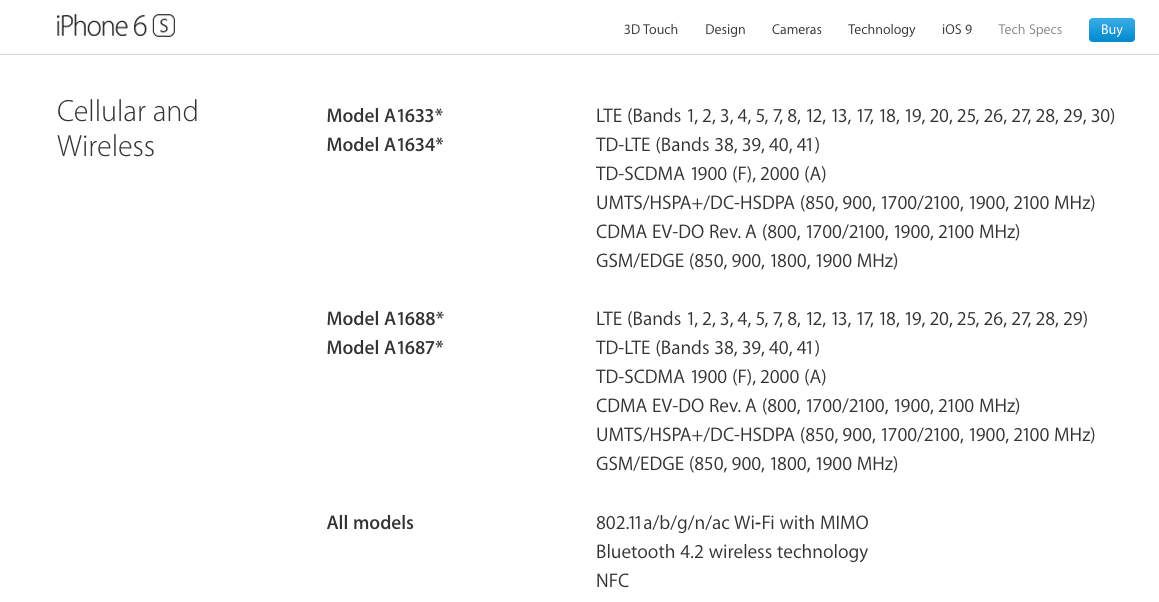Questions to Carriers: What is CDMA and GSM?
When shopping for a new phone you are faced with a lot of acronyms, from GSM and CDMA to 3G, 4G, LTE and now even 5G too. For US mobile consumers, the mobile service (and device) market is constantly changing, making it difficult to keep up-to-date with the latest in mobile technology. What’s even harder? Determining which of the emerging (5G) mobile technologies are worth investing in early.
The truth is, as a consumer, all we really care about is speed and connection quality of voice and data. Messaging (texting or SMS) has essentially been shipped to OTT (over the top) platforms such as Charge Messenger which use data and/or WiFi to function. Great. Consumers don’t really need to focus on speed and quality of carrier SMS messaging, because quick data means quick messaging. That leaves voice and data as the main focus when considering all above acronyms.
This week, Questions to Carriers will help US mobile consumers better understand the difference between US mobile networks. But before understanding the evolving network speeds, consumers must understand the difference between CDMA and GSM.
CDMA vs. GSM
In the US, the four major carriers (and their US MVNO partners too) are split in terms of their underlying network infrastructure. The Verizon and Sprint networks are primarily based on CDMA technology while T-Mobile and AT&T are GSM.
These incompatible network infrastructures have caused major headaches for consumers. This is mostly due to hardware limitations that would not allow mobile devices to jump from one network infrastructure to another. GSM mobile devices use a SIM card which holds all the relevant information i.e. service allotments, network provider and phone number for that device. Easily swap that SIM card into a different GSM phone and all the relevant information moves as well.
This isn’t the case with CDMA devices. Both Sprint and Verizon use phone MEIDs (essentially a serial number specific to your device alone) to connect devices to their networks. If you want to switch phones on the CDMA network, you have to call your service provider. This means your service provider has a lot more control over your device and which devices they let customers use.
Both GSM and CDMA don’t have much effect on what we really care about, network speeds and connection quality. Instead, both are different technologies to encode data transmissions (e.g. voice calls, text messages, internet browsing, etc) on their respective networks.
That doesn’t mean consumers shouldn't know the difference between GSM and CDMA when purchasing a phone. Unless, you are buying your phone directly from your mobile service provider and can’t imagine ever switching providers, knowing the difference is still important. But now that Apple and Samsung have phone upgrade/financing programs, purchasing your phone from the manufacturer is more appealing. If you opt to purchase your phone through the manufacturer or any other non-carrier retailer, you’ll need to know the difference.
Apple, Google and Samsung’s latest devices all function on CDMA and GSM networks. So consumers should be able use them on any of the four networks right?
Yes and no. If you look closely you’ll notice that there are several different models for each device. This is because CDMA and GSM are not the only factors that affect your device’s functionality with a network. The data speed and the “band” (or channel) in which that data moves, impact device compatibility as well.

3G, 4G and eventually 5G are different speeds that move across different radio frequency bands in order to communicate with cellular towers. All these acronyms apply to network speed, where “G” stands for “generation”. 3G (third generation) was introduced as a network speed standard in the US in the late ‘90s, while 4G emerged in the late 2000s. Device speed isn’t forward-compatible. This means if you still have a 3G device, it will not function at 4G network speeds because that device may not be compatible with your mobile provider’s 4G data band.
So even if your device is compatible with CDMA and/or GSM network infrastructure, it doesn’t mean your device is compatible with your service provider’s latest network speed. And like we said before, all we really care about is data speeds these days. If you want the fastest data speeds available, expect to buy a new device.
So it’s still pretty confusing right? How do we pick the right phone when it seems data speeds affect our devices just as much as network infrastructure? Later this week, Questions to Carriers will explain the difference in network speeds and how the transition to LTE should eventually make CDMA vs GSM essentially moot.